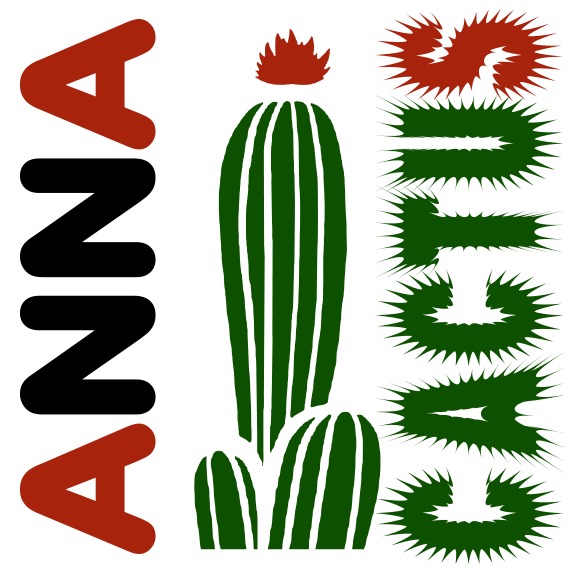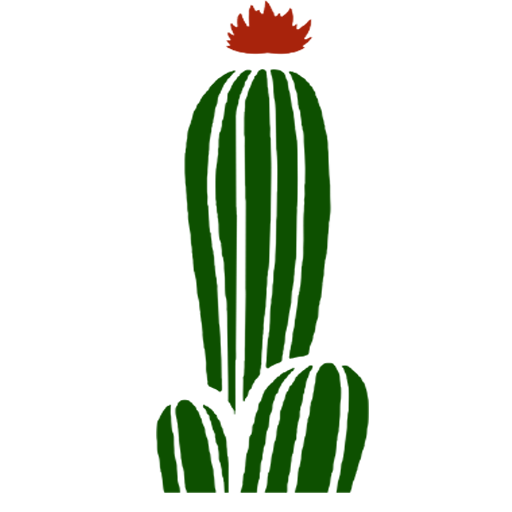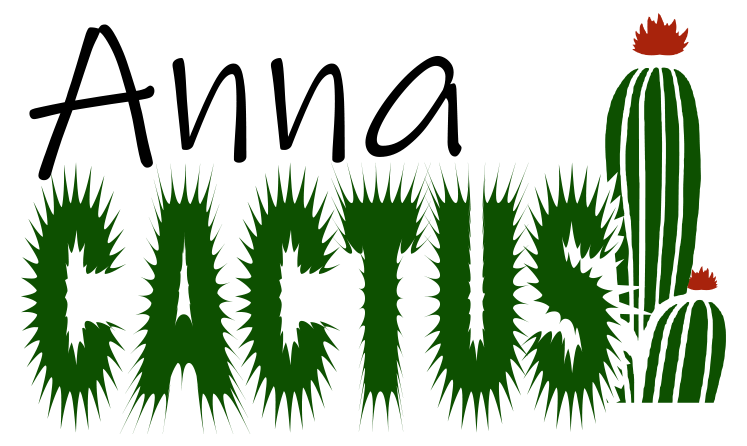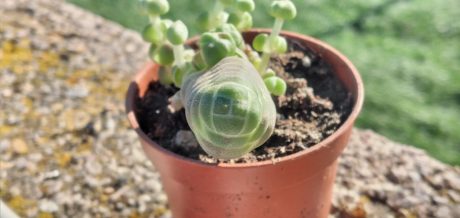Crassula Falcata is considered one of the most attractive in the eyes of cactus and succulent collectors. It is native to the Buena Esperanza Cabo in the South African region. It is known by the common name of the airplane plant or by the scientific synonyms Crassula perfoliata var. falcata or Crassula perfoliata var. minor. It has a shrub growth and does not usually exceed sixty centimeters high, but there are some exceptional cases that have passed a meter high.
The leaves are green-grey and the shape the leaves make is what can be remembered on the wings of an aircraft. They grow stacked and in pair, making it an even more curious plant. The flowers are even more curious. It blooms twice a year by making flowers of an intense red growing on top of a stem, forming small little flocks that together can resemble the flowers of the Kalanchoe crass plant. In addition to being very showy, they have a nice sweet smell. It resists without much trouble in heat and dry climates, even holding frost on condition that they are punctual.
It is important that during the winter it has a dry substrate and is in a dry or very damp environment to prevent rot. Irrigation is sufficient once every fortnight in both spring and summer and in autumn and winter (especially winter) to stop providing water completely. If you are in a place where autumn is not very cold, you can afford to water it once a month, in winter it is an environment where it is not cold, to stop providing water until the following spring.
It prefers four to six hours of direct sunshine if it’s on the outside, if that’s not possible and you have it inside your house, make sure you have it near a window where you get as much light as possible, and if it’s sunshine directly or it’s three hours, even better. It will hold you well too if you have it in half-shadow.
Finally, as I said earlier, with an excess of moisture and water, it is very easy to rot, so we must always ensure that when we water, we expect the substrate to be completely dry between irrigation and irrigation.









Reviews
There are no reviews yet.